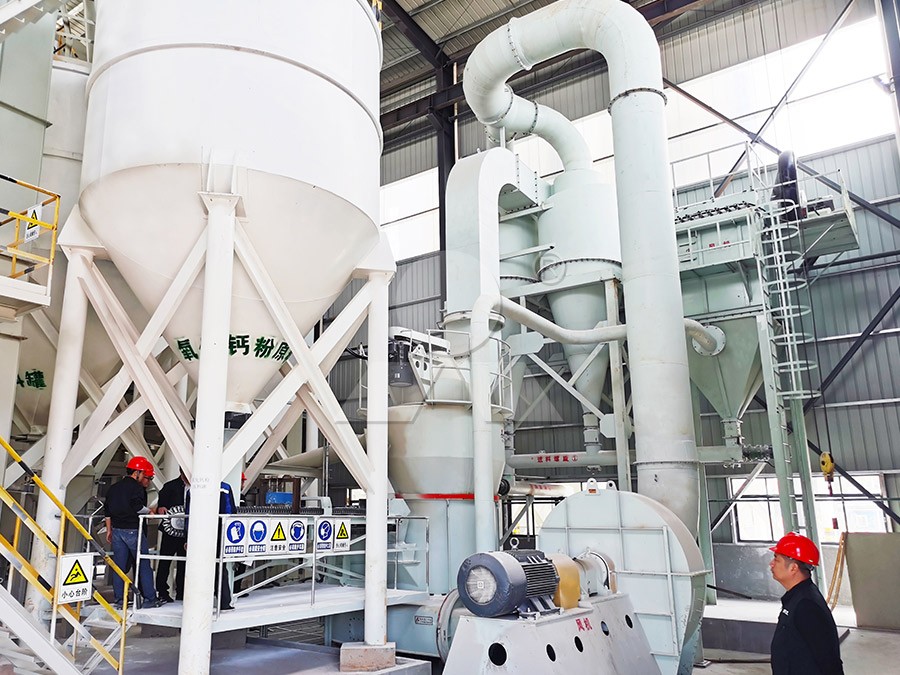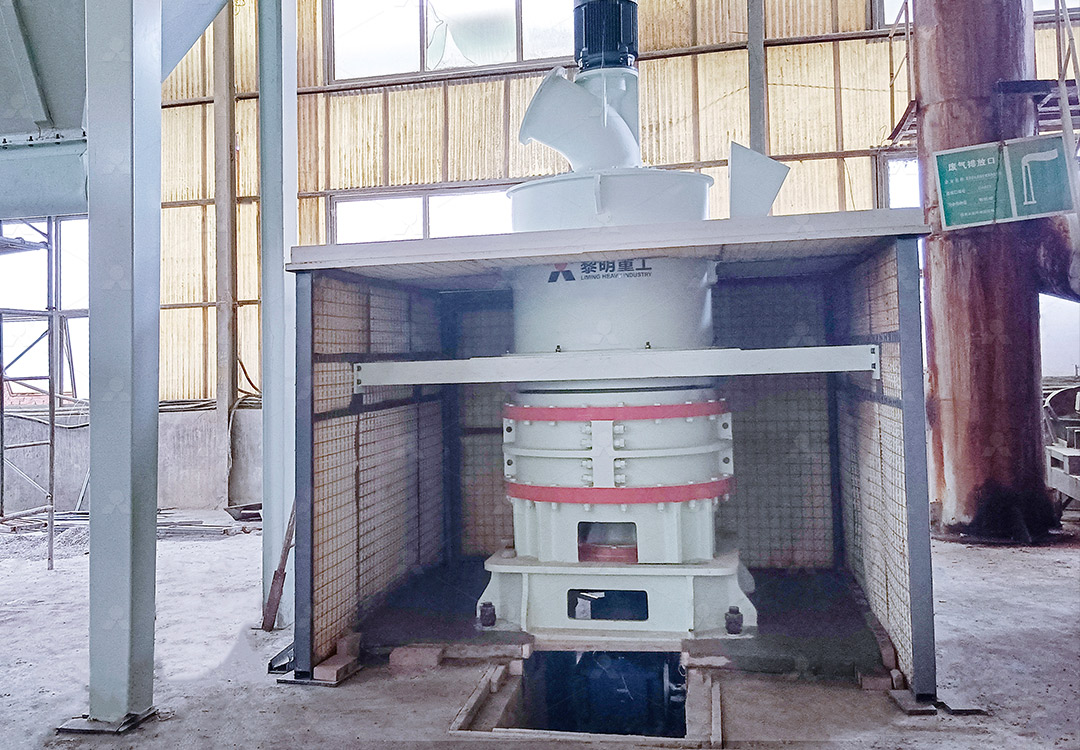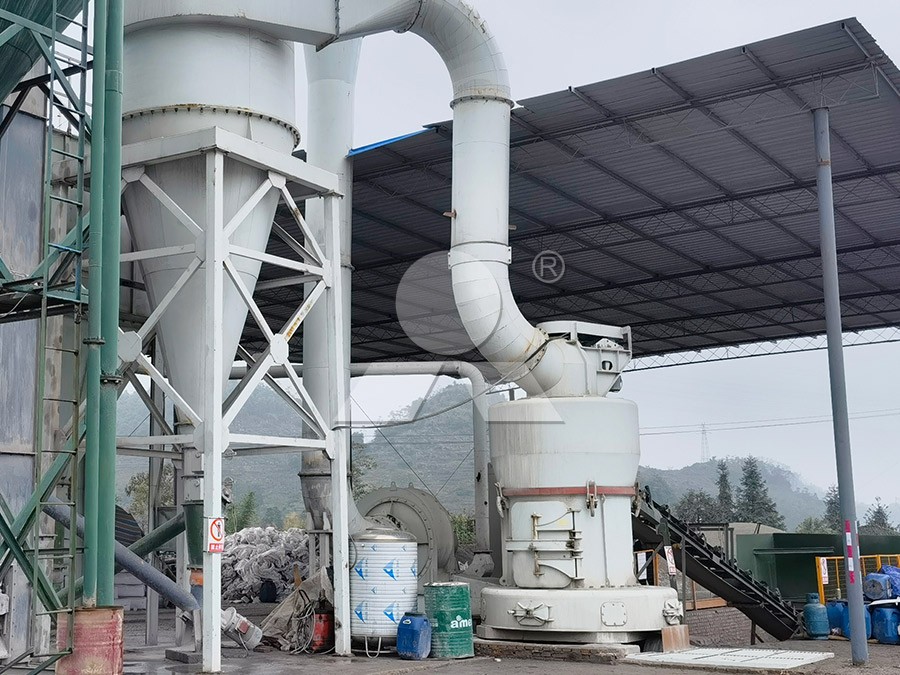Fluorite European Version Grinding Mill: Efficient Processing for Industrial Applications
Fluorite European Version Grinding Mill: Efficient Processing for Industrial Applications
In today’s competitive industrial landscape, achieving optimal particle size distribution and processing efficiency in mineral applications has become paramount. For operations handling fluorite and similar non-metallic minerals, the selection of appropriate grinding equipment directly impacts productivity, operational costs, and final product quality. European version grinding mills have emerged as superior solutions, combining advanced engineering with practical operational benefits.

Fluorite processing demands precision grinding to achieve the specific particle sizes required across various industrial applications. From metallurgical fluxes to optical components and chemical manufacturing, the consistency of fluorite powder directly influences downstream processes. Traditional grinding methods often struggle with energy inefficiency, excessive heat generation, and inconsistent particle distribution – challenges that modern European-designed mills effectively address.
Advanced Engineering for Superior Performance
The latest generation of European version grinding mills incorporates multiple technological innovations that deliver tangible benefits in industrial settings. These systems typically feature optimized grinding curves, precision powder separation technology, and advanced control systems that maintain consistent performance across varying feed conditions. The result is a grinding solution that outperforms conventional mills in both efficiency and reliability.
One standout example is our MW Ultrafine Grinding Mill, specifically engineered for customers requiring ultra-fine powder production. With an input size capacity of 0-20 mm and throughput ranging from 0.5 to 25 tph, this machine demonstrates remarkable versatility across multiple applications. Its integrated efficient pulse dust collector and muffler system addresses environmental concerns by minimizing dust and noise emissions throughout the production cycle.

Key Advantages in Industrial Applications
The MW Ultrafine Grinding Mill exemplifies the technological advancements available in modern European-designed equipment. Its newly designed grinding curves for the roller and ring assembly enhance grinding efficiency significantly. Comparative performance data reveals a 40% higher production capacity than jet grinding mills and stirred grinding mills operating at the same fineness and power levels. Remarkably, the yield doubles that of traditional ball grinding mills while system energy consumption drops to just 30% of jet grinding mill requirements.
Operational flexibility is another critical advantage. The mill’s German-technology cage-type powder selector enables precise fineness adjustment between 325-2500 meshes, with multi-head configurations available to meet specific yield, fineness, and sieving rate requirements. This precision ensures consistent product quality, with screening rates achieving d97≤5μm in a single pass.
Maintenance considerations have been thoroughly addressed in the design phase. The elimination of rolling bearings and screws within the grinding chamber removes common failure points, while external lubrication points permit maintenance without production stoppages. This design philosophy enables continuous 24-hour operation – a crucial factor for industrial operations maximizing equipment utilization.
Environmental Compliance and Operational Safety
Modern industrial operations face increasing regulatory pressure regarding emissions and workplace safety. European version grinding mills incorporate comprehensive environmental protection features as standard equipment. The integrated pulse dust collector ensures no dust pollution occurs during milling operations, while silencers and noise elimination rooms maintain acoustic emissions within acceptable limits. Full compliance with national environmental protection standards provides peace of mind for facility operators.

Digitalization represents another area where these mills excel. With dozens of numerical control machine tools employed in manufacturing, operations including steel plate cutting, bending, planing, milling, and paint spraying achieve exceptional precision. This digital manufacturing approach ensures consistent quality, particularly for core components where tolerances directly impact performance and longevity.
Applications Beyond Fluorite Processing
While exceptional for fluorite, these grinding mills demonstrate remarkable versatility across numerous materials including limestone, calcite, dolomite, petroleum coal, gypsum, barite, marble, talc, and various coal powders. The technology finds applications across chemical industries, paint production, cosmetics, pharmaceuticals, and food additives – wherever precise particle size control matters.
For operations requiring vertical grinding solutions, our LUM Ultrafine Vertical Grinding Mill presents an excellent alternative. Combining the latest Taiwanese grinding roller technology with German powder separating technology, this mill integrates ultrafine powder grinding, grading, and transporting in a single efficient package. With an input size of 0-10 mm and capacity ranging from 5-18 tph, it represents another sophisticated option for demanding industrial applications.
Frequently Asked Questions
What makes European version grinding mills different from conventional designs?
European version mills incorporate advanced engineering principles including optimized grinding curves, precision separation technology, and comprehensive environmental controls. These features collectively deliver higher efficiency, better product consistency, and reduced operational costs compared to traditional designs.
How does the MW Ultrafine Grinding Mill achieve its energy efficiency?
The mill combines several energy-saving technologies including newly designed grinding curves that maximize material removal per energy unit, an efficient drive system, and advanced powder separation that minimizes recirculation of already-sized material. The result is 30-50% energy savings compared to conventional mills.
What maintenance advantages do these mills offer?
The absence of rolling bearings and screws in the grinding chamber eliminates common failure points. External lubrication points enable maintenance without shutdowns, while digital monitoring systems provide early warning of potential issues. These features collectively reduce downtime and maintenance costs significantly.
Can these mills handle materials other than fluorite?
Absolutely. The technology proves effective for numerous non-metallic minerals including limestone, calcite, dolomite, gypsum, barite, marble, talc, and various coal types. The adjustable parameters allow optimization for different material characteristics.
What environmental features are incorporated?
Standard equipment includes efficient pulse dust collectors that prevent particulate emissions, mufflers and noise elimination rooms for acoustic control, and systems that operate fully within national environmental protection standards. The mills are designed for minimal environmental impact from conception.
